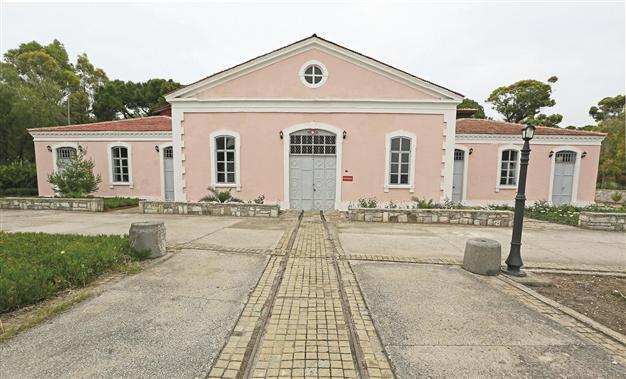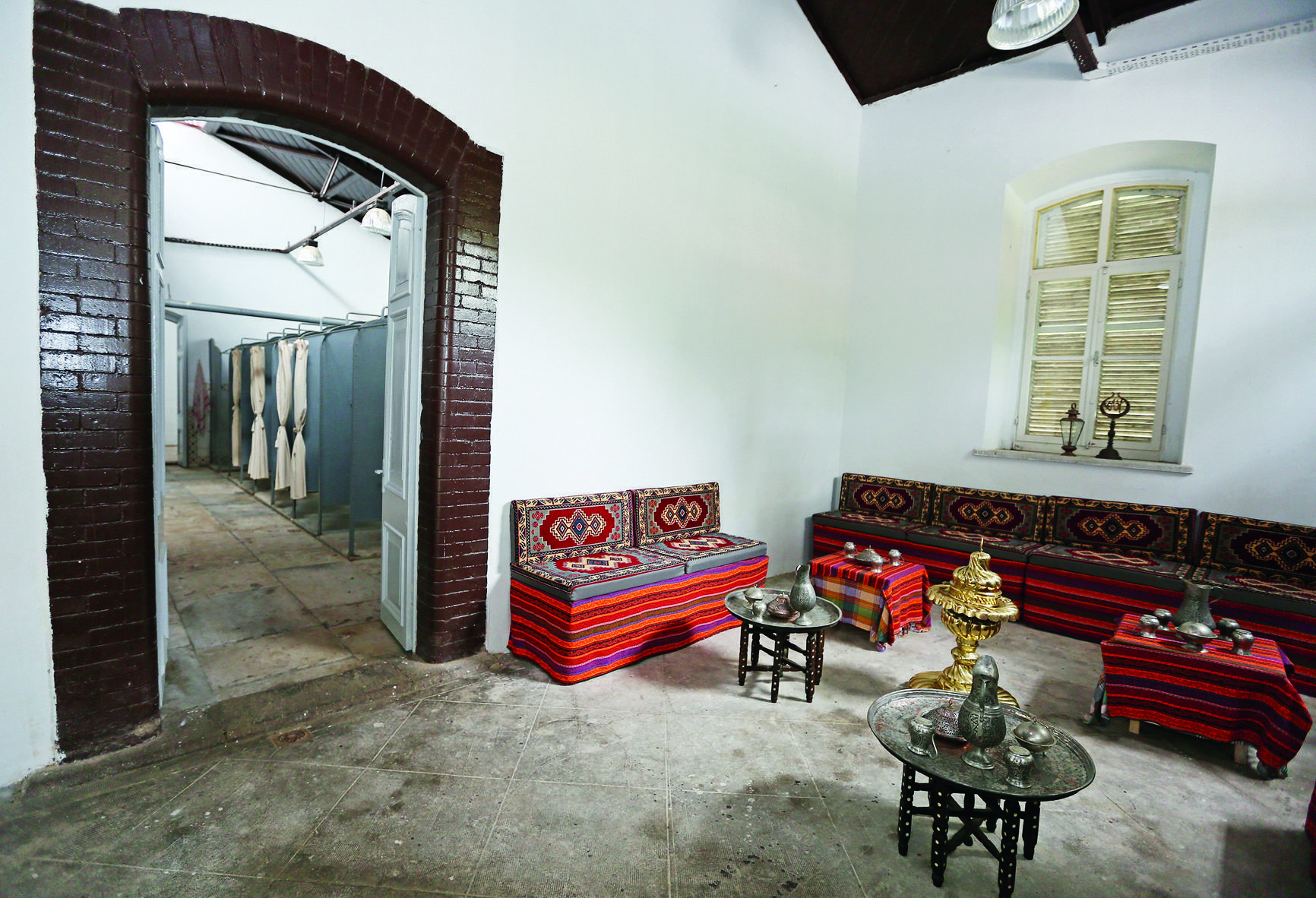Pioneering quarantine health station on İzmir island to become museum?
İzmir - Anadolu Agency

The quarantine station was in operation between 1865 and 1950, and was used as a way station by mariners and passengers to and from İzmir in Ottoman times.
A center on Karantina Island, facing Urla in the western district of İzmir, is the world’s only protected quarantine station on an island, and it is now waiting to be converted into a museum.The quarantine station was built almost 150 years ago and was in operation between 1865 and 1950, and was generally used as a way station by French mariners and passengers to and from İzmir in Ottoman times. It was one of the leading health centers of its time, where terminal diseases such as plague and typhoid were sought to be neutralized.
İzmir Health Director Bediha Türkyılmaz said contagious diseases were common in 1800s, and plague and typhoid were common in Europe. The Ottomans therefore built the quarantine station in Urla in 1865 for those who arrived in Anatolia by sea, with a boat allocated for contagious disease suspects, who were sterilized and taken under treatment without coming in contact with other people.
Türkyılmaz added that there were three more quarantine stations in the U.S. and Croatia, but none in the Muslim world, and the island center in Urla had also drawn the attention of the World Health Organization.
“This is one of the best places showing the importance of health and hygiene for Turks and Muslims. The Health Ministry has sent a letter to the Culture and Tourism Ministry to turn this place into a museum, but they have not yet replied. We know the result could be positive, and we agree that this place should become a health museum … Now we’re working on gathering the materials to display when this station becomes a museum,” she said.
 The era’s most modern materials used in the Urla quarantine facility still survive - including sterilization materials, a railway system used by sick people in the port, disinfector boilers and shower cabins.
The era’s most modern materials used in the Urla quarantine facility still survive - including sterilization materials, a railway system used by sick people in the port, disinfector boilers and shower cabins. When the center was still in operation, ships from abroad anchored one mile offshore and a doctor, the station’s director and a registering director headed out to the waiting ship to register the passengers.
Those found to be carrying a contagious disease were taken to separate boats and kept in patient rooms called “isolation pavilions.” Through a specially-built rail system, passengers’ belongings were taken to the sterilization sections of the quarantine station, while passengers were also taken to a shower area with new towels, loincloths and sabots.
Their clothes were disinfected in the sterilization unit. After having a shower, they were hosted in special places and offered food and drink. Next came a doctor’s examination. If nobody on the ship was ill, the passengers were permitted to leave after the check. If even one passenger was ill, however, all passengers were kept in guest houses until the patient got better or died, during which time the health of the other passengers was constantly monitored.
















